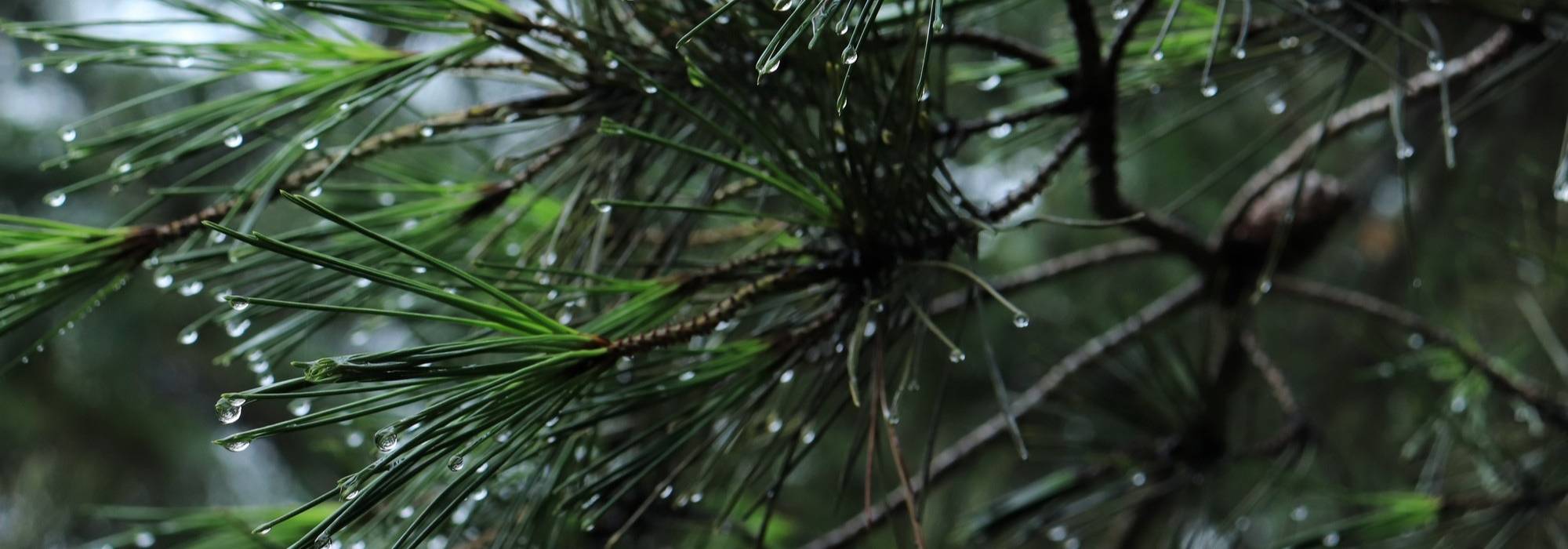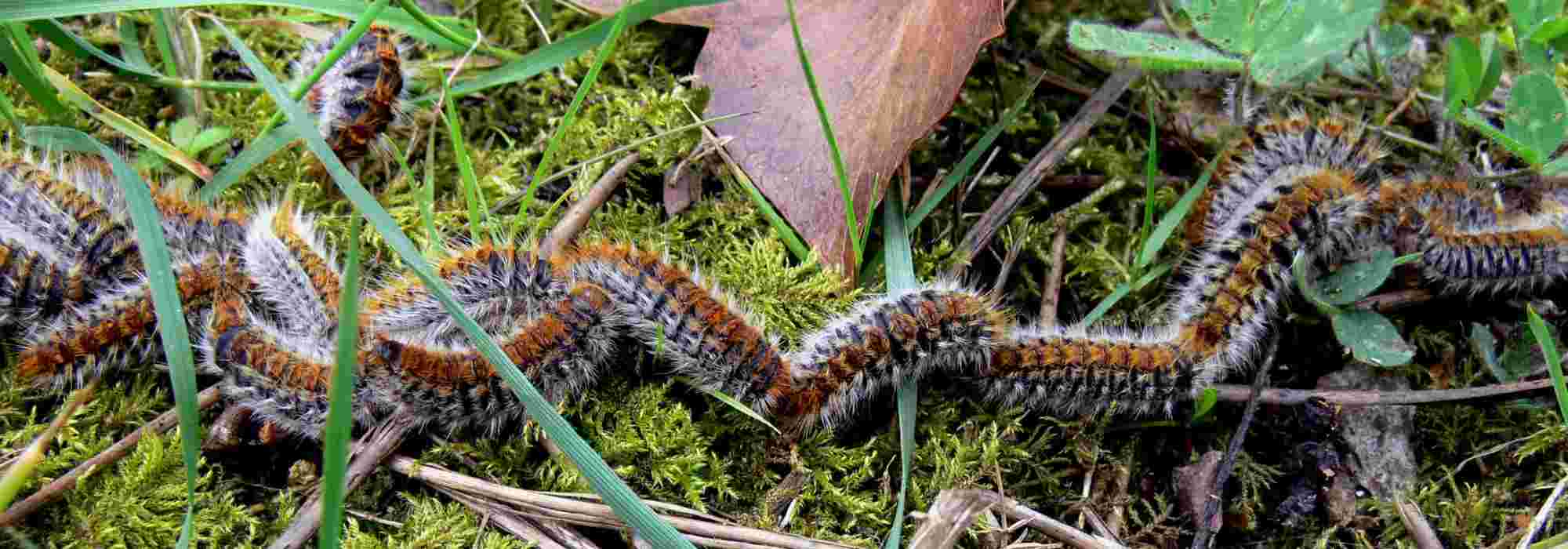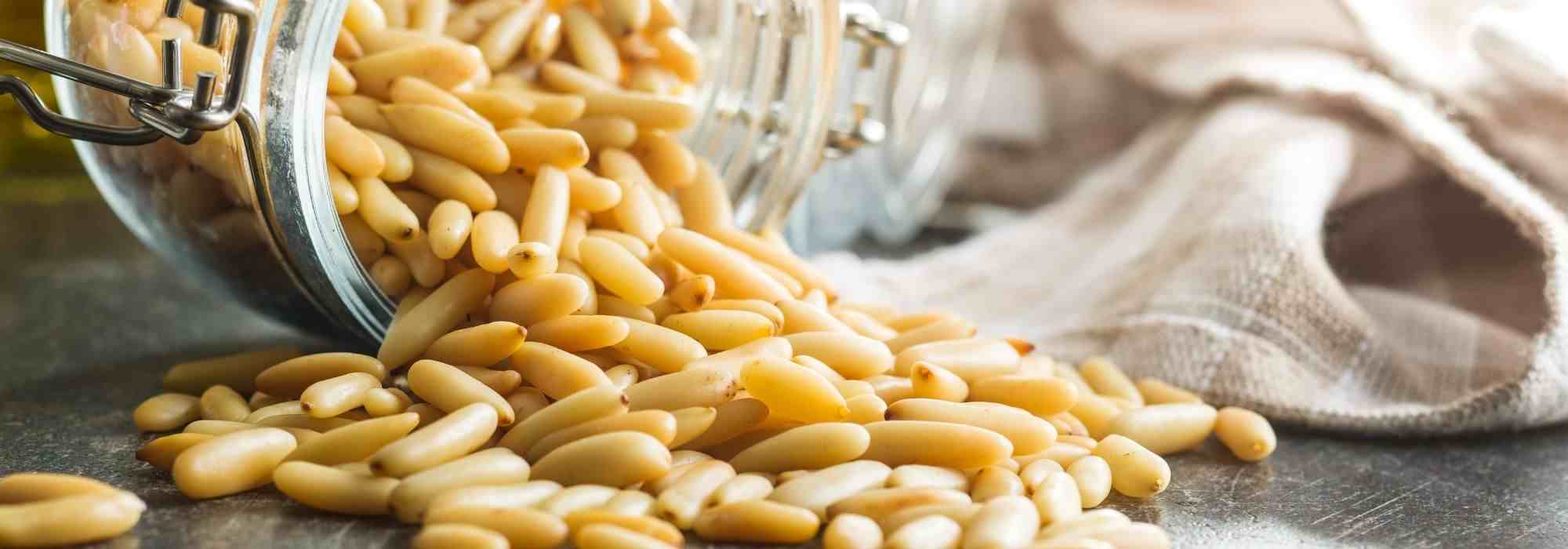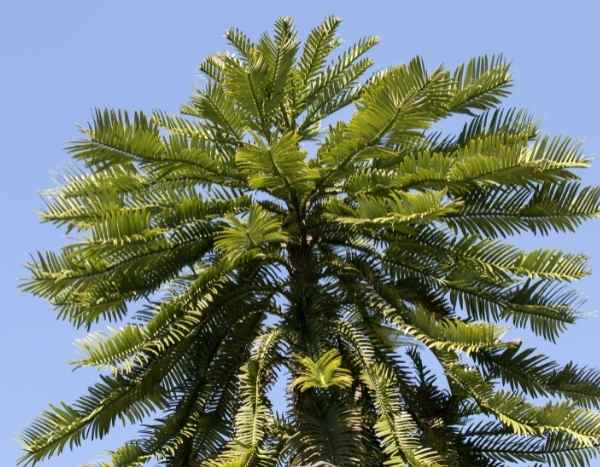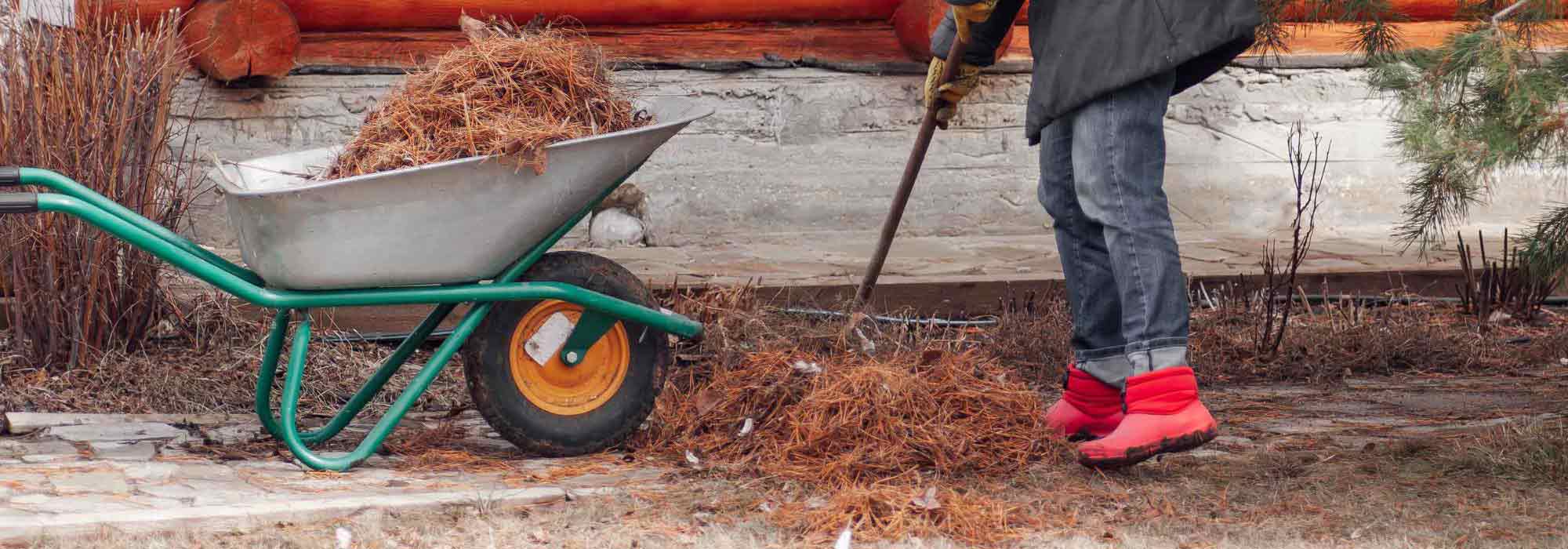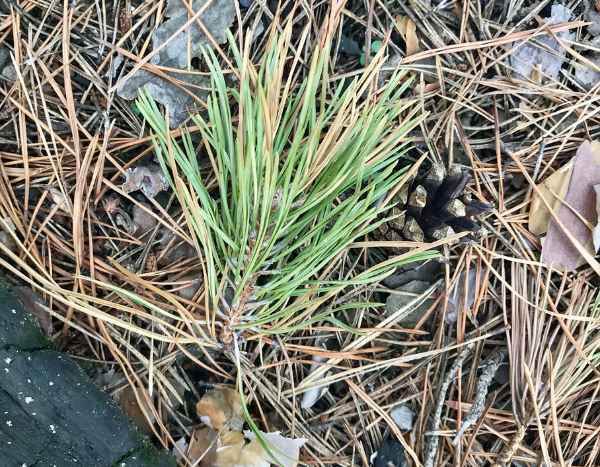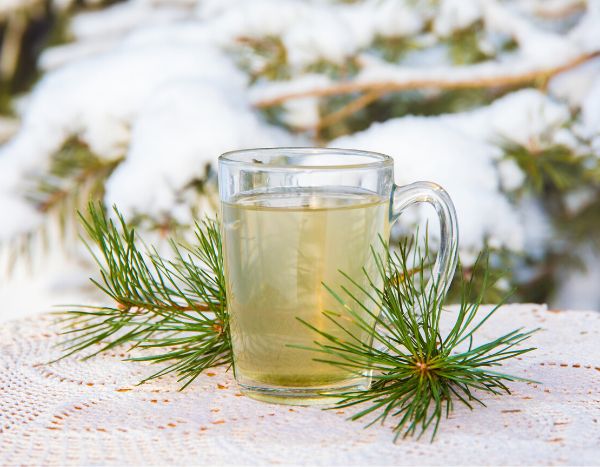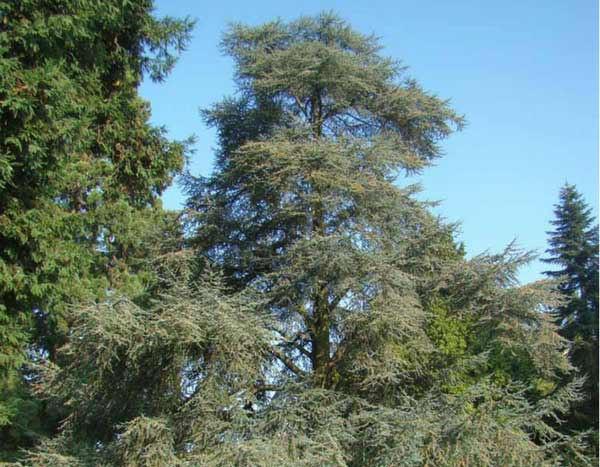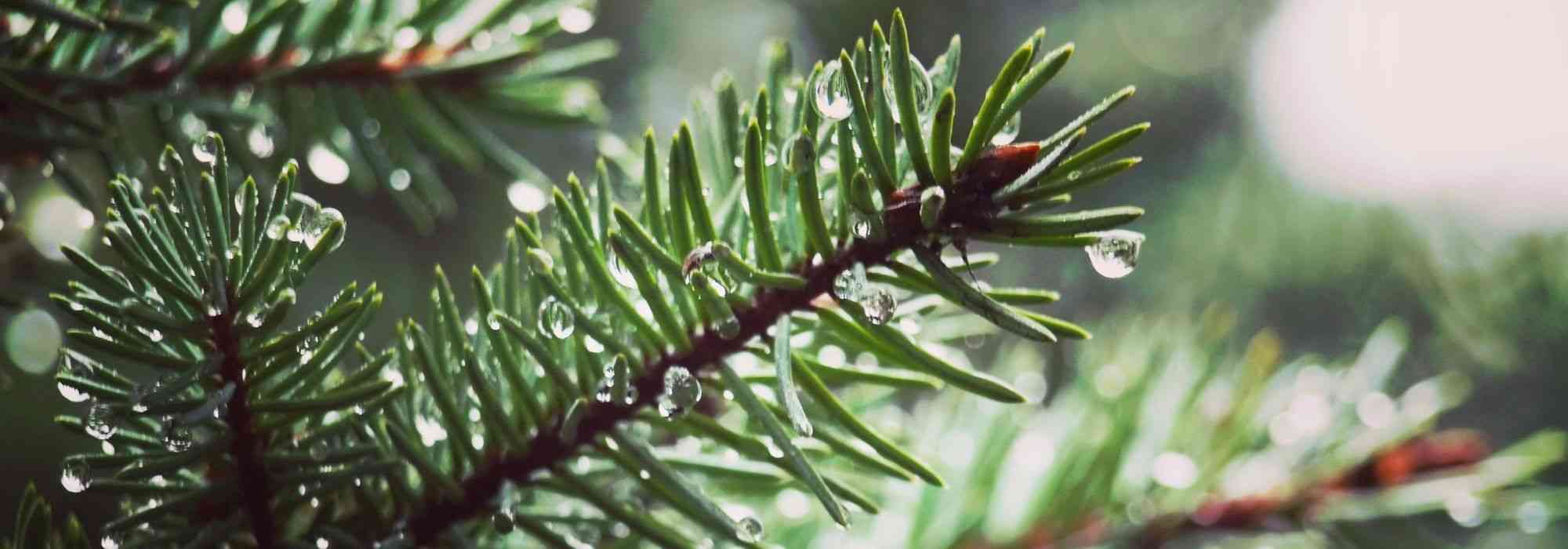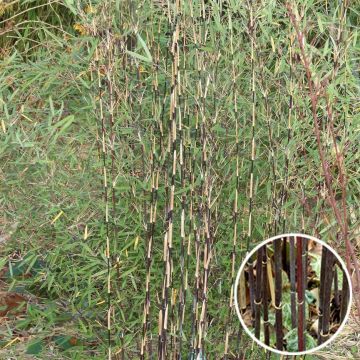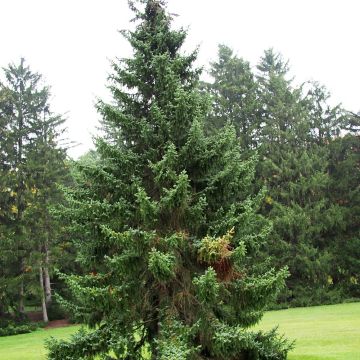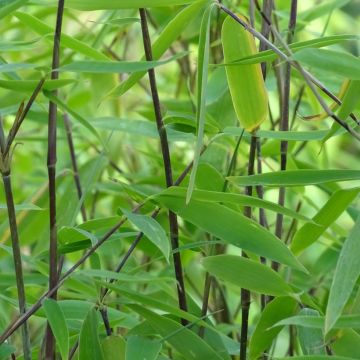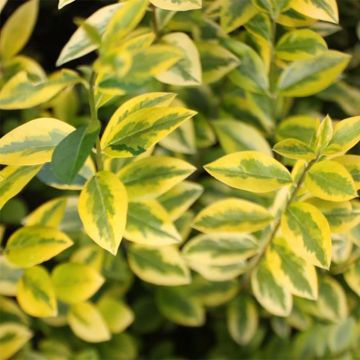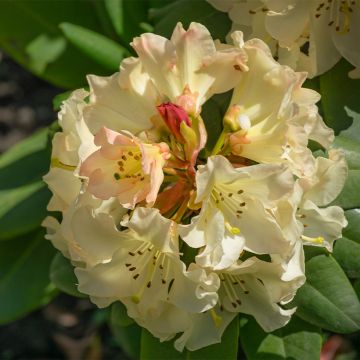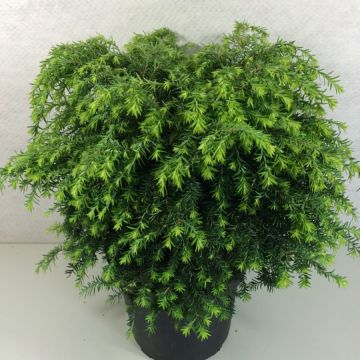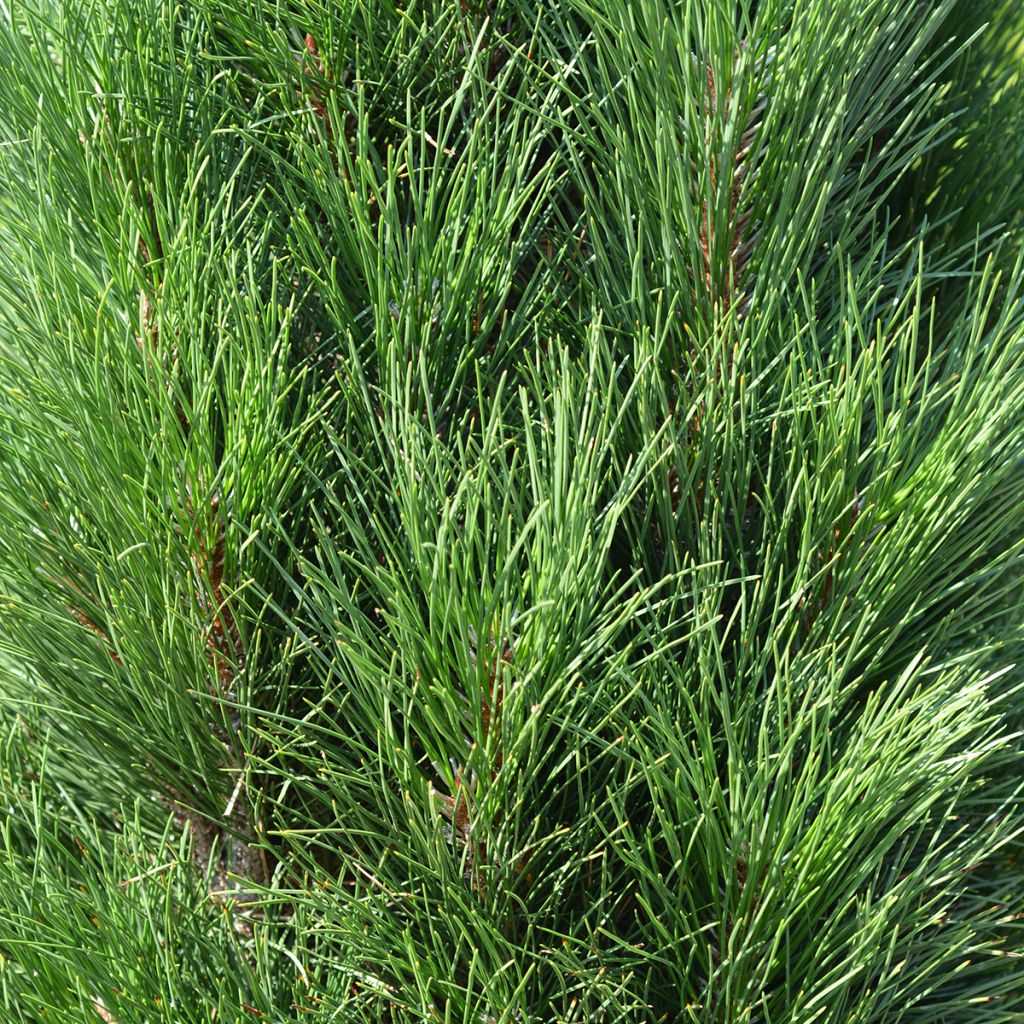

Pinus nigra Green Tower - Black Pine
Pinus nigra Green Tower - Black Pine
Pinus nigra Green Tower
Black Pine, Austrian Pine
Very beautiful water, satisfied with my choice.
Marie, 08/12/2020
Special offer!
Receive a €20 voucher for any order over €90 (excluding delivery costs, credit notes, and plastic-free options)!
1- Add your favorite plants to your cart.
2- Once you have reached €90, confirm your order (you can even choose the delivery date!).
3- As soon as your order is shipped, you will receive an email containing your voucher code, valid for 3 months (90 days).
Your voucher is unique and can only be used once, for any order with a minimum value of €20, excluding delivery costs.
Can be combined with other current offers, non-divisible and non-refundable.
Home or relay delivery (depending on size and destination)
Schedule delivery date,
and select date in basket
This plant carries a 24 months recovery warranty
More information
We guarantee the quality of our plants for a full growing cycle, and will replace at our expense any plant that fails to recover under normal climatic and planting conditions.

Would this plant suit my garden?
Set up your Plantfit profile →
Description
The Pinus nigra 'Green Tower' is a medium-sized slender conifer that has an unusual silhouette for a black pine, as it forms a column with a very compact and well-regulated habit. Its dense foliage is a deep dark green, composed of large flexible and closely packed needles. Due to its relatively modest growth and slow growth rate, it is well suited for a small garden or a large rock garden. This variety is hardy, not demanding of soil type, and drought-resistant, while its naturally compact habit does not require pruning. It thrives in sunny exposure, in ordinary soil, even poor, clay or chalk.
The Pinus nigra, also known as Austrian Pine or Black Pine, is an evergreen conifer of the pinaceae family distributed in central and southern Europe, from Spain to Crimea, in Asia Minor, Cyprus, and more sporadically in the Atlas Mountains. In nature, it exceeds 35m (114.83 feet) in height, adopting an open conical habit and a dense crown. It is a very hardy species, well adapted to warm temperate climates and chalk or clay soils.
The 'Green Tower' variety distinguishes itself from the wild species with its exceptionally compact, regular columnar habit, and its ability to adapt to the most spartan conditions. Its growth is slow, reaching 4 to 5m (13.12 to 16.4 feet) in height and 1 to 2m (3.28 feet - 6.56 feet) in width at 30 years old. Its tightly packed, whorled and ascending branches are covered with fine needles, 10 to 15cm (3.9 - 5.9in) long, grouped in pairs and arranged in brushes, giving the vegetation a slightly feathery aspect. The tips of the vertical branches are punctuated by very visible white buds. On its trunk, the bark is brown-grey, covered with wide flat scales surrounded by deep fissures that widen over the years.
The 'Green Tower' Black Pine will look good in a small or medium-sized garden, alone, in a large rock garden, as a hedge or on the edge of woodland. It can also be placed against trees, or its dark and elegant foliage can be used as a backdrop to enhance blooms or the lighter foliage of other dwarf conifers or flowering shrubs. It goes well with large stones, geometric lines of pools or buildings, and brickwork. It can be combined with complementary grasses or dwarf conifers with a prostrate habit (Juniperus horizontalis Blue Chip), globose habit (Picea abies Little Gem), or columnar habit (Juniperus communis 'Sentinel'). The architectural qualities of conifers naturally fit in the design of a contemporary garden, which prefers the aesthetics of forms, silhouettes, and textures over flowers. These plants provide lasting structure to a bed, mark pathways and border terraces, easily replacing the strong presence of trimmed boxwood or holly. The key is to play with volumes and colours.
Pinus nigra Green Tower - Black Pine in pictures
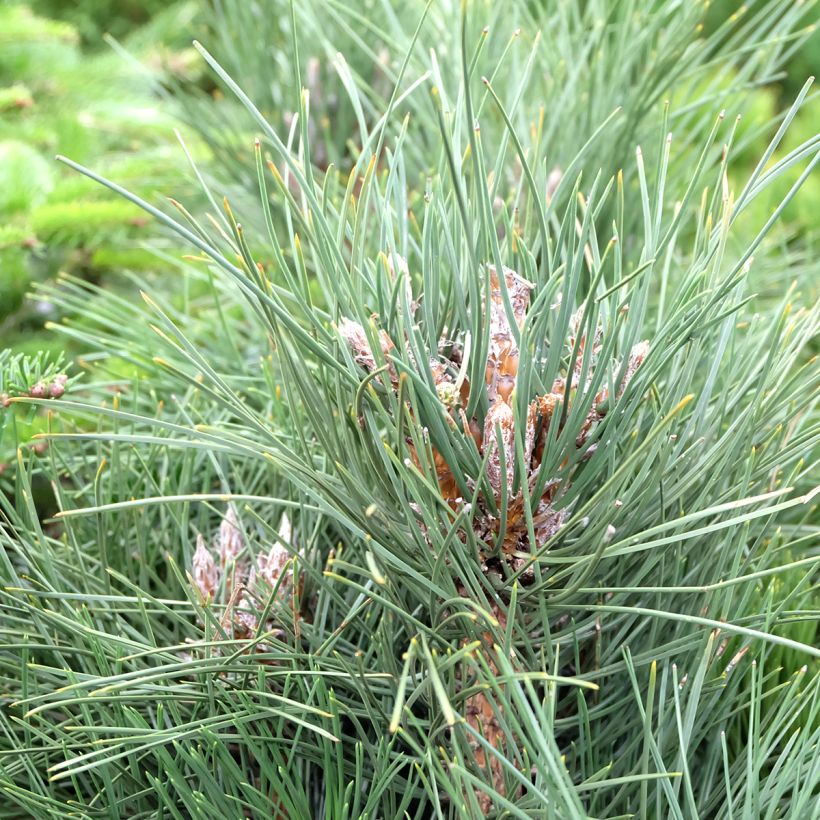

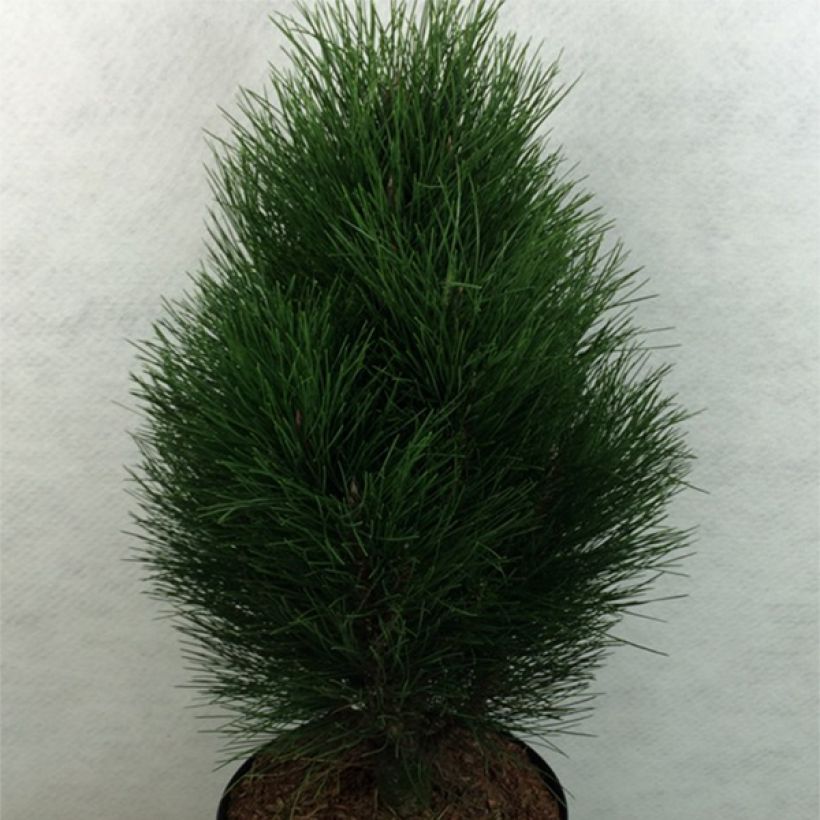

Plant habit
Foliage
Botanical data
Pinus
nigra
Green Tower
Pinaceae
Black Pine, Austrian Pine
Cultivar or hybrid
Planting and care
Pinus nigra 'Green Tower' can be planted from September to November and from February to June in any deep soil, even heavy clay or dry chalk. It only dislikes extremely hot temperatures. It does, however, require a sunny exposure to thrive. Soak the root balls well before planting. You can add organic fertiliser at planting. Water generously in the first few years, and during prolonged droughts. You can apply a special conifer fertilizer every year in April and cultivate the soil in summer. This very hardy conifer (down to at least -20°C (-4°F)) does not need to be pruned.
Planting period
Intended location
Care
Planting & care advice
-
, onOrder confirmed
Reply from on Promesse de fleurs
Similar products
Haven't found what you were looking for?
Hardiness is the lowest winter temperature a plant can endure without suffering serious damage or even dying. However, hardiness is affected by location (a sheltered area, such as a patio), protection (winter cover) and soil type (hardiness is improved by well-drained soil).

Photo Sharing Terms & Conditions
In order to encourage gardeners to interact and share their experiences, Promesse de fleurs offers various media enabling content to be uploaded onto its Site - in particular via the ‘Photo sharing’ module.
The User agrees to refrain from:
- Posting any content that is illegal, prejudicial, insulting, racist, inciteful to hatred, revisionist, contrary to public decency, that infringes on privacy or on the privacy rights of third parties, in particular the publicity rights of persons and goods, intellectual property rights, or the right to privacy.
- Submitting content on behalf of a third party;
- Impersonate the identity of a third party and/or publish any personal information about a third party;
In general, the User undertakes to refrain from any unethical behaviour.
All Content (in particular text, comments, files, images, photos, videos, creative works, etc.), which may be subject to property or intellectual property rights, image or other private rights, shall remain the property of the User, subject to the limited rights granted by the terms of the licence granted by Promesse de fleurs as stated below. Users are at liberty to publish or not to publish such Content on the Site, notably via the ‘Photo Sharing’ facility, and accept that this Content shall be made public and freely accessible, notably on the Internet.
Users further acknowledge, undertake to have ,and guarantee that they hold all necessary rights and permissions to publish such material on the Site, in particular with regard to the legislation in force pertaining to any privacy, property, intellectual property, image, or contractual rights, or rights of any other nature. By publishing such Content on the Site, Users acknowledge accepting full liability as publishers of the Content within the meaning of the law, and grant Promesse de fleurs, free of charge, an inclusive, worldwide licence for the said Content for the entire duration of its publication, including all reproduction, representation, up/downloading, displaying, performing, transmission, and storage rights.
Users also grant permission for their name to be linked to the Content and accept that this link may not always be made available.
By engaging in posting material, Users consent to their Content becoming automatically accessible on the Internet, in particular on other sites and/or blogs and/or web pages of the Promesse de fleurs site, including in particular social pages and the Promesse de fleurs catalogue.
Users may secure the removal of entrusted content free of charge by issuing a simple request via our contact form.
The flowering period indicated on our website applies to countries and regions located in USDA zone 8 (France, the United Kingdom, Ireland, the Netherlands, etc.)
It will vary according to where you live:
- In zones 9 to 10 (Italy, Spain, Greece, etc.), flowering will occur about 2 to 4 weeks earlier.
- In zones 6 to 7 (Germany, Poland, Slovenia, and lower mountainous regions), flowering will be delayed by 2 to 3 weeks.
- In zone 5 (Central Europe, Scandinavia), blooming will be delayed by 3 to 5 weeks.
In temperate climates, pruning of spring-flowering shrubs (forsythia, spireas, etc.) should be done just after flowering.
Pruning of summer-flowering shrubs (Indian Lilac, Perovskia, etc.) can be done in winter or spring.
In cold regions as well as with frost-sensitive plants, avoid pruning too early when severe frosts may still occur.
The planting period indicated on our website applies to countries and regions located in USDA zone 8 (France, United Kingdom, Ireland, Netherlands).
It will vary according to where you live:
- In Mediterranean zones (Marseille, Madrid, Milan, etc.), autumn and winter are the best planting periods.
- In continental zones (Strasbourg, Munich, Vienna, etc.), delay planting by 2 to 3 weeks in spring and bring it forward by 2 to 4 weeks in autumn.
- In mountainous regions (the Alps, Pyrenees, Carpathians, etc.), it is best to plant in late spring (May-June) or late summer (August-September).
The harvesting period indicated on our website applies to countries and regions in USDA zone 8 (France, England, Ireland, the Netherlands).
In colder areas (Scandinavia, Poland, Austria...) fruit and vegetable harvests are likely to be delayed by 3-4 weeks.
In warmer areas (Italy, Spain, Greece, etc.), harvesting will probably take place earlier, depending on weather conditions.
The sowing periods indicated on our website apply to countries and regions within USDA Zone 8 (France, UK, Ireland, Netherlands).
In colder areas (Scandinavia, Poland, Austria...), delay any outdoor sowing by 3-4 weeks, or sow under glass.
In warmer climes (Italy, Spain, Greece, etc.), bring outdoor sowing forward by a few weeks.






























